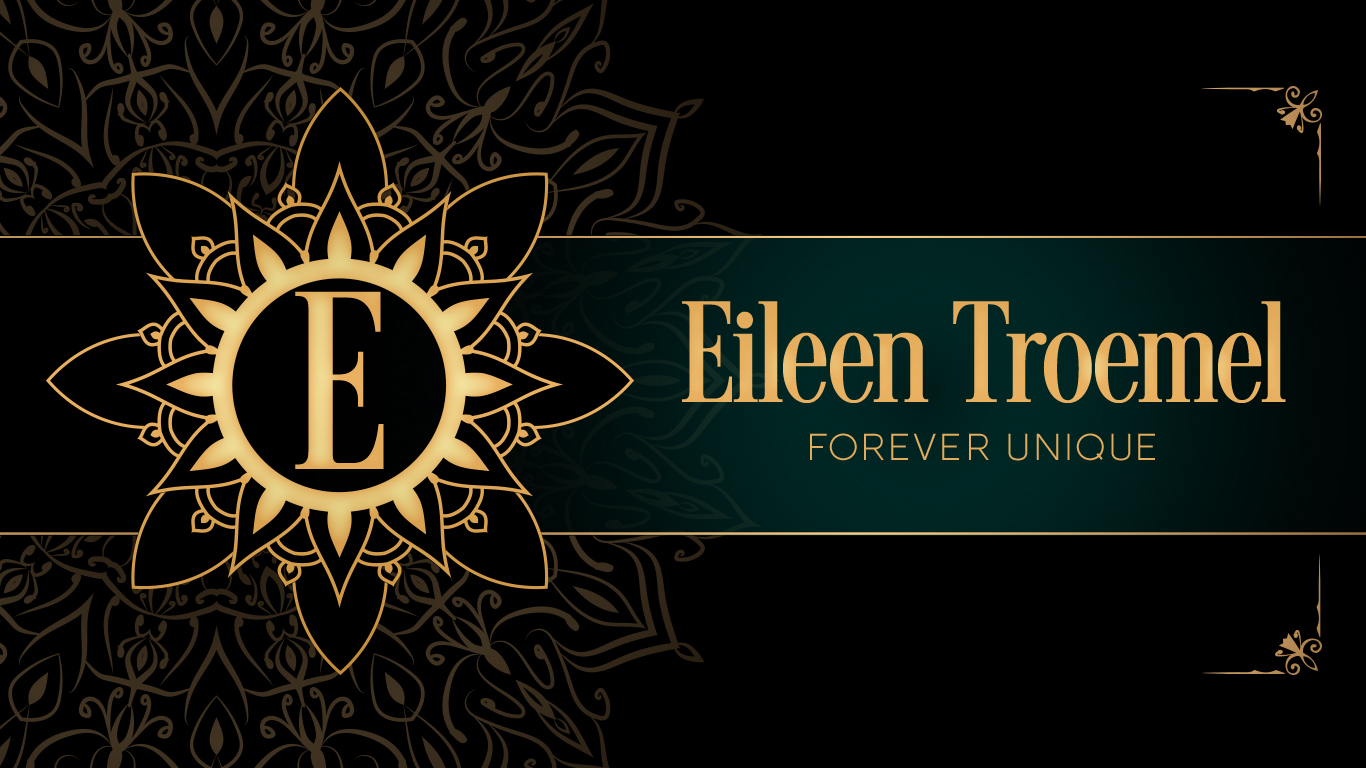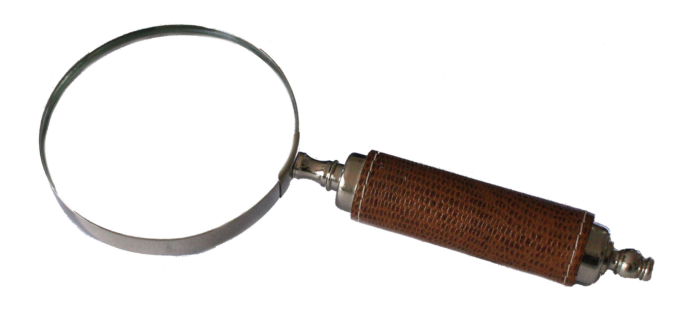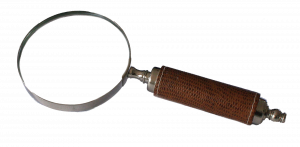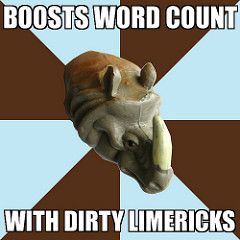My grammar nerd is showing so be warned – grammar heavy post.
According to Dictionary.com passive voice is one of the two voices of verbs. A verb is in the passive voice when the subject of the sentence is acted on by the verb.
Again according to Dictionary.com, active voice is one of the two voices of verbs. When the verb of a sentence is in the active voice, the subject is doing the acting.
Does that make sense? Maybe or maybe not. Do you know what a subject is? So this takes me back to grammar school but the subject of the sentence is the person place, thing or idea doing something.
Simple sentences
I went to the store – I is the subject
Samantha hit a homerun – Samantha is the subject
These two simple sentences are both in active voice. The subject – I or Samantha – is doing the action.
Passive voice typically involves the BE verb. There are so many of these and I’m not going to bore you with what the names for each are but here are the different forms – be, being, been, am, is, are, was, were. If you see these words, the sentence is typically passive
I could give you all sorts of examples of passive voice vs active voice but I’m not a teacher and don’t want to put you to sleep. Let me just say my go to place for explaining grammar type things is Purdue OWL Here’s a link to one of their pages on passive voice https://owl.purdue.edu/owl/general_writing/academic_writing/active_and_passive_voice/active_versus_passive_voice.html
What I will say is when you’re writing – or more to the point editing – passive voice slows your pace down and isn’t good for certain types of scenes. Are you going to be able to get rid of all the passive voice in your story – probably not. But in key scenes – like fight scenes – it’s best to keep the passive voice to a minimum.
Why? Because it’s more direct. It adds to your writing to keep it in active voice. The pace is faster – particularly in fight or battle scenes. When you write in passive voice, you slow things down.
Passive voice – The sword was expertly wielded by the warrior.
Active voice – The warrior expertly wielded her sword.
In passive voice, you slow down and the pace is slower like this:
The sword was expertly wielded by the warrior. Long swipes were made by her as the enemy approached. The enemy was killed by the warrior.
Now in active voice the pace is faster:
The warrior expertly wielded the sword. She made long swipes with her sword as the enemy approached. She killed the enemy.
As the eye follows along, the reader is (hopefully) gasping with excitement as the warrior steps into battle.
There are times for passive voice. If you have a really fast paced scene and you need it to slow down a little, you can use passive voice to slow it down.
The more you remove the passive voice, the better the story will read, the more on edge your reader will be.
If you have a writing question you want answered or discussed, use the contact form to let me know.












